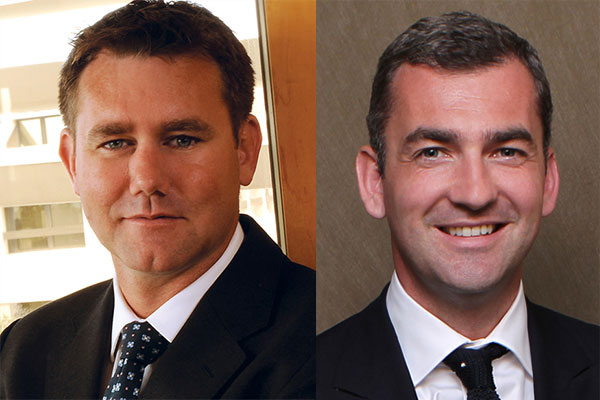PwC: Strong Demand Continues In ILS Sector
The Insurance Linked Securities [ILS] sector continues to see strong demand from investors as an alternative asset class – and the long-term trend is towards further growth in third-party capital in reinsurance, according to PwC.
Analysis conducted by PwC indicates that third-party capital is there as part of long-term diversification strategies and not because it’s starved of yield elsewhere.
Attending the SIFMA [Securities Industry & Financial Markets Association] annual Insurance and Risk Linked Securities Conference in New York this week, Scott Watson-Brown [pictured], Alternative Investments Leader, PwC Bermuda, said, “We are seeing continuing capital markets interest in reinsurance and alternative risk transfer in 2014. Existing investors are putting more money to work and we are aware of a number of new investors progressing through their due diligence programmes to participate in this blossoming asset class.”
Questions continue to be raised about investor interest in reinsurance and alternative risk transfer -specifically whether capital will flow back out as yields improve elsewhere, or if investors suffer significant loss of principal following a catastrophe.
But Mr Watson-Brown said, “Our analysis points to an investor base that demonstrates a fundamental understanding of the risks to which its capital is exposed; portfolio allocations are made with this understanding, and allocations are being made following months or even years of in-depth due diligence.”
He added, “For any new investor interested in insurance-linked securities or other types of investment in reinsurance, it is critical to have a precise understanding of how a bond or similar structure will perform in the instance of a catastrophic loss and just what spectrum of risks you are exposed to.”
A number of new transactions highlight opportunities to provide coverage to risk managers who might have retained risk in the past. The market has seen a surge of activity by reinsurers as they develop third-party capital management divisions.
And for some, Watson-Brown said, this is an openly defensive move, but for others we have seen a commitment to take advantage of this broader interest from the capital markets, much broader than we have seen in past years. These reinsurers are adapting to the market place developments and the success stories are coming from those who are inovative and those who differentiate themselves through proven reinsurance programmes.
Arthur Wightman [pictured], Insurance Leader, PwC Bermuda, said, “The level of transactional activity is at a higher point than we have seen in the last several years and we expect to see the number of new incorporations of reinsurance entities grow in 2014. Consistent with 2001 and 2006 activity, it’s concentrated in Bermuda once again affirming the attractiveness of the domicile as a sophisticated centre of excellence for reinsurance and innovation.”
Mr Wightman continued, “We do expect to see the model evolve in property catastrophe reinsurance -perhaps not as dramatically as some might suggest – both within existing participants as well as new businesses being formed. Core to this as always will be long-term resilience and policyholder protection.
“For the relationship between the capital markets and risk transfer to sustain over the long term these products must continue to perform. In other words, it would be very damaging if an investor was surprised in any way by how an investment performed when an event occurred. Likewise, if policyholders or counter parties were not well protected over the long -term the value proposition would evaporate quickly.”
He concluded, “The future is bright for a long-term relationship between the capital markets and reinsurance, but it will be important to retain an acute focus on the needs of clients who are hedging their exposures to some of the most damaging forces in nature.”


